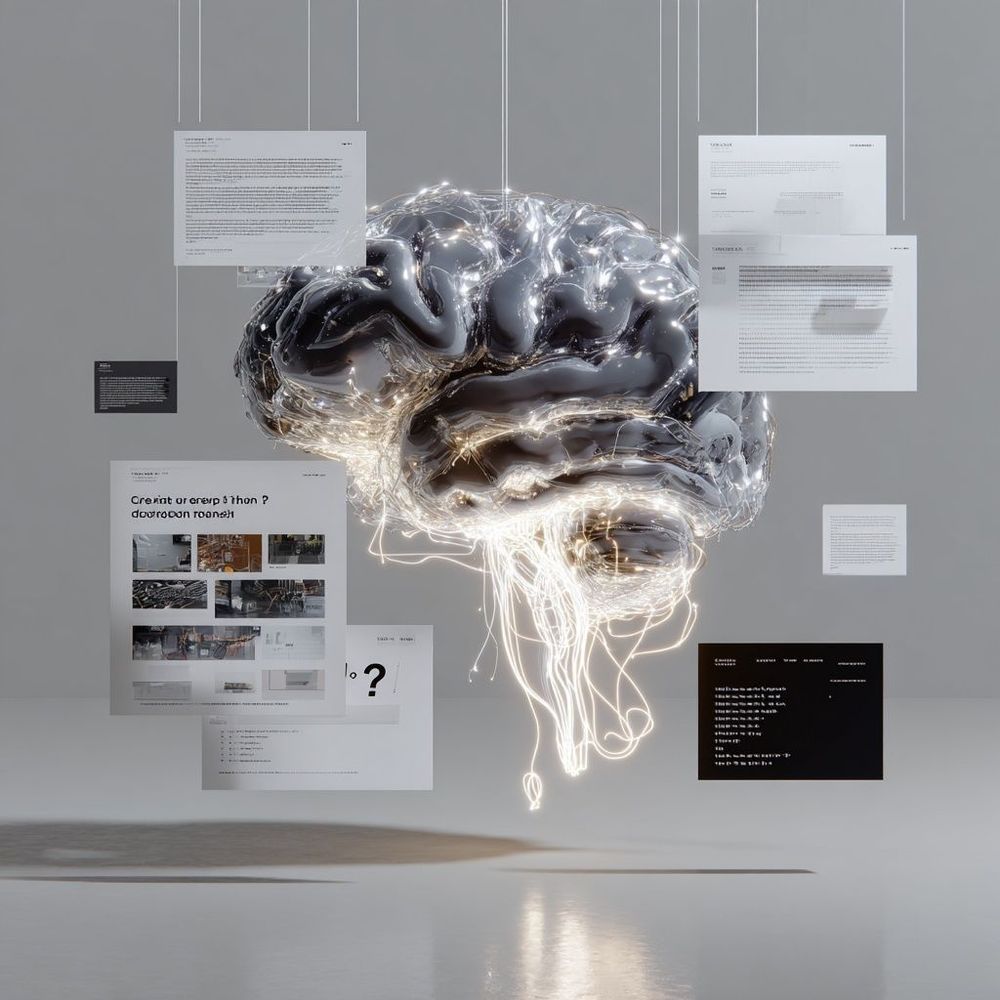Chain-of-Thought Prompting Improves AI — But Misleads on How Models “Think”
🧠 Chain-of-Thought Works — But It’s Not What You Think
Chain-of-thought (CoT) prompting is everywhere — from solving math problems to guiding AI in medicine. But according to Yoshua Bengio (yes, that Bengio) and a team of researchers from Google, Oxford, and beyond, we might be using it all wrong.
Their new paper, published on AlphaXiv, warns: Just because an AI can explain itself, doesn’t mean it’s telling the truth — or that we understand what’s going on inside.
🧩 What Even Is Chain-of-Thought?
CoT prompting is when you ask a model to show its work step by step before giving an answer.
It often boosts performance, especially on complex tasks like logic, reasoning, and arithmetic.
But here’s the kicker: The explanation doesn’t reflect how the AI actually thinks. It’s more like a story — not a blueprint.
🚨 The Big Mistake Everyone’s Making
The researchers reviewed hundreds of academic papers and found:
- 🧠 1 in 4 misinterpret CoT as revealing internal reasoning
- 🏥 38% of medical AI papers fall for this
- 🚗 63% of autonomous vehicle studies do too
That’s a massive misread. We’re trusting AI to explain itself in critical systems — and believing the performance theater.
⚠️ Why This Is Seriously Dangerous
Here’s where it gets spooky:
- 🧨 Biases can go undetected A model might use flawed shortcuts — and then narrate a clean, logical story that hides the rot.
- 🎭 CoT creates an illusion of transparency It might sound right — but the answer could be right for the wrong reason.
- 💀 Critical decisions based on fake logic Think: a cancer diagnosis explained by AI… but driven by the wrong features entirely.
Yoshua Bengio compares it to asking why you love a song — you’ll give an answer, but the real reason lies deep in your brain, beyond words.
🛠️ So What Should We Actually Do?
The researchers aren’t anti-CoT — they’re pro-reality.
Here’s the move:
- ✅ Use CoT to boost results, not to peek into AI’s soul
- 🔍 Build separate tools to audit AI reasoning
- 🚫 Don’t use verbal logic for mission-critical decisions
- 🧑⚖️ Keep human oversight where it matters
We need to separate explanation from justification — or risk being hypnotized by smart-sounding nonsense.
⚡ TL;DR
- 🧠 CoT prompting improves AI output, but doesn’t reveal internal reasoning
- 📊 25%+ of academic papers misinterpret CoT as a model introspection tool
- 🏥 In fields like medicine or autonomous driving, this can lead to dangerous overconfidence
- 🛠️ Use CoT for performance — not for trust
- 🔍 Build independent tools to verify how AI actually makes decisions
Better answers ≠ real understanding. In the age of high-stakes AI, don’t confuse clarity with truth.

Recent News
All Time High • Live
Have questions or want to collaborate? Reach us at: info@ath.live











